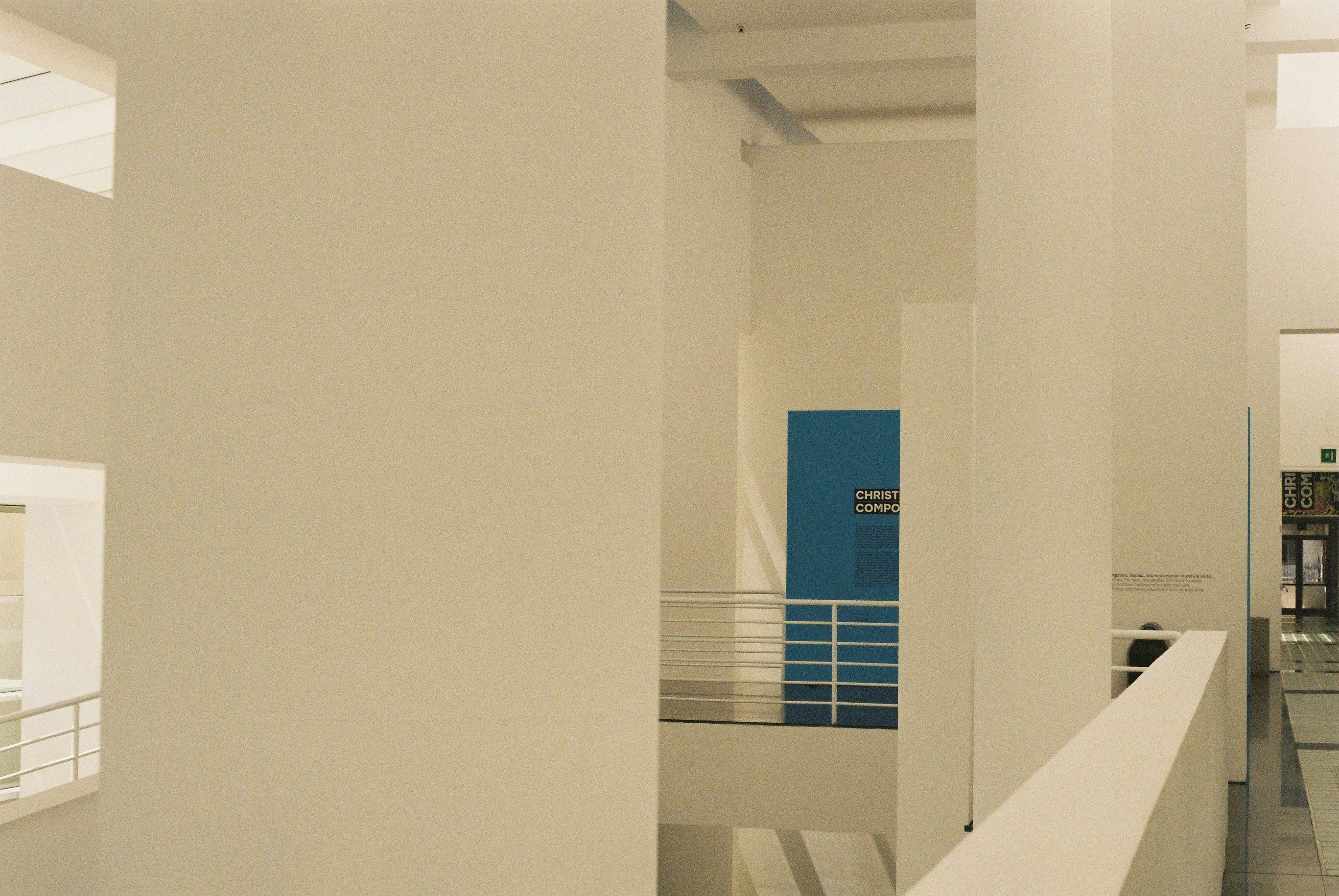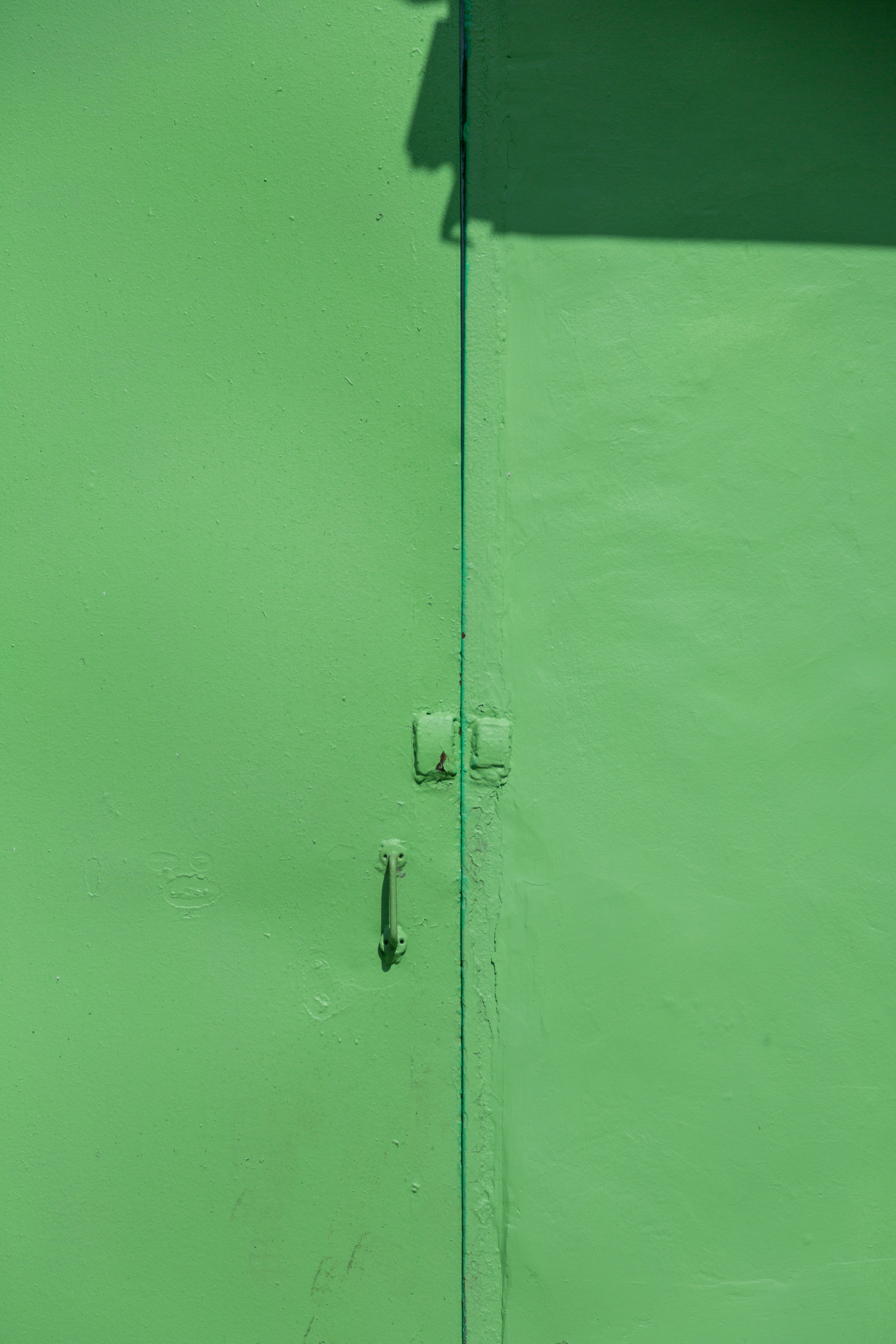10 pricing strategies to increase your hotel revenue in 2022 and beyond

Hotel Pricing Strategies: How to Maximize Revenue in Any Market
Pricing is one of the most decisive factors in hotel profitability. While it may look simple on the surface, setting the right room rates is part of a much bigger game: revenue management. The right pricing strategy can be the difference between strong profits and underperformance, especially in competitive markets or during periods of fluctuating demand.
In this article, we’ll cover what revenue management is, why forecasting matters, the main factors influencing hotel pricing, and 10 proven pricing strategies for hotels in 2024 and beyond.
What is Revenue Management in Hotels?
Revenue management is the practice of selling the right product to the right customer at the right time and price. It relies on data analysis and forecasting to predict demand and set optimal rates.
The concept originated in the airline industry in the 1980s and quickly spread to hotels. Initially, it was used mainly during peak seasons or high-demand events, but today, revenue management is equally vital during low-demand cycles. With the right tools, hotels can avoid price wars, stimulate demand in slow periods, and maintain profitability even during crises like COVID-19.
Why Pricing Strategy Matters
Even hotels with experienced revenue managers can lose revenue if prices are set without data-driven analysis. A strong pricing strategy allows hoteliers to:
- Maximize ADR (Average Daily Rate) and RevPAR (Revenue per Available Room)
- Balance occupancy and profitability
- Stay competitive without sacrificing brand identity
- Anticipate demand shifts instead of reacting too late
Factors That Influence Hotel Pricing
No two hotels are the same, but these common factors almost always affect pricing decisions:
- Location & property size
- Competitor pricing and market dynamics
- Operational costs
- Seasonality & local events
- Market trends & guest demand
- Online reputation & reviews
- Government restrictions or unexpected events (e.g., natural disasters, pandemics)
Forecasting in Revenue Management
Forecasting is at the core of revenue management. Traditionally, hoteliers relied heavily on historical booking data and patterns. But today, especially in volatile markets, relying only on the past isn’t enough.
To forecast effectively, hotels need real-time market data—from competitor pricing to flight searches and local event calendars. Manual forecasting is time-consuming and error-prone, which is why many hotels now use AI-powered RMS (Revenue Management Systems) to analyze data and deliver automated price recommendations.
Tips for better forecasting:
- Monitor market and booking trends
- Account for holidays, events, and demand drivers
- Segment by guest type, booking channel, or room type
- Review competitor activity (but don’t rely on it blindly)
- Use real-time RMS tools for accuracy and speed
10 Hotel Pricing Strategies for 2024 and Beyond
Here are 10 proven strategies hoteliers can adapt to their market situation:
1. Segment-Based Pricing (BAR, Corporate, Groups)
- BAR (Best Available Rate): Adjust prices throughout the day as rooms sell.
- Corporate Rates: Stable pricing for repeat business travelers.
- Group Rates: Lower rates for bulk bookings, but with restrictions during high demand.
2. Create Packages
Bundle rooms with spa treatments, tours, or meals to increase guest spend. Tailor packages for different customer segments to maximize value.
3. Rate Parity Strategy
Maintain consistent pricing across OTAs and direct bookings. Add value (e.g., free late checkout or welcome drinks) to incentivize direct bookings without cutting rates.
4. Direct Booking Discounts
Offer discount codes to guests who first booked via OTAs, encouraging future direct reservations.
5. Length of Stay Pricing
Introduce minimum or maximum stay requirements to manage demand during peak events and avoid one-night “gap nights” that reduce profitability.
6. Flexible Cancellation Policies
Post-COVID, guests value flexibility. Consider hybrid models like flexible non-refundable rates, which offer discounts but allow rebooking without penalties.
7. Last-Minute Offers
Create flash sales for unsold inventory to capture spontaneous travelers and reduce empty rooms.
8. Upselling
Encourage guests to upgrade rooms or add paid amenities. This can be done via pre-arrival emails, at check-in, or through apps.
9. Cross-Selling
Offer complementary services (e.g., wine, tours, spa treatments). Cross-selling adds value and enhances the guest experience.
10. Review Management
Strong reviews boost demand and allow higher pricing power. Proactively request reviews, respond to feedback, and maintain high service standards.
Dynamic Pricing in Hotels
Dynamic pricing is the cornerstone of modern revenue management. Unlike static pricing, it adjusts room rates in real time based on supply, demand, competitor pricing, and market conditions.
The result? Hotels can:
- Sell the right room at the right price, 24/7
- Capture guests with varying budgets
- Maximize occupancy and profitability in any market condition
Why Technology is Essential
Manually monitoring data and adjusting prices is nearly impossible, especially in volatile markets. Automated RMS solutions like Pricepoint are designed to:
- Analyze competitor rates and market data in real time
- Forecast demand using AI and machine learning
- Optimize prices continuously across all OTAs
- Save hoteliers hours of manual work each week
With Pricepoint, even small independent hotels can leverage airline-grade AI pricing algorithms to stay competitive.
Key Takeaways
- There is no one-size-fits-all hotel pricing strategy. Each hotel must adapt based on market conditions, guest segments, and business goals.
- Relying on historical data alone is not enough—real-time market insights are essential.
- Automated RMS solutions like Pricepoint ensure optimal pricing, reduce risks, and maximize profits.
👉 Want to stop guessing and start optimizing? Try Pricepoint free for 30 days and see how AI-powered dynamic pricing can transform your hotel’s revenue.





